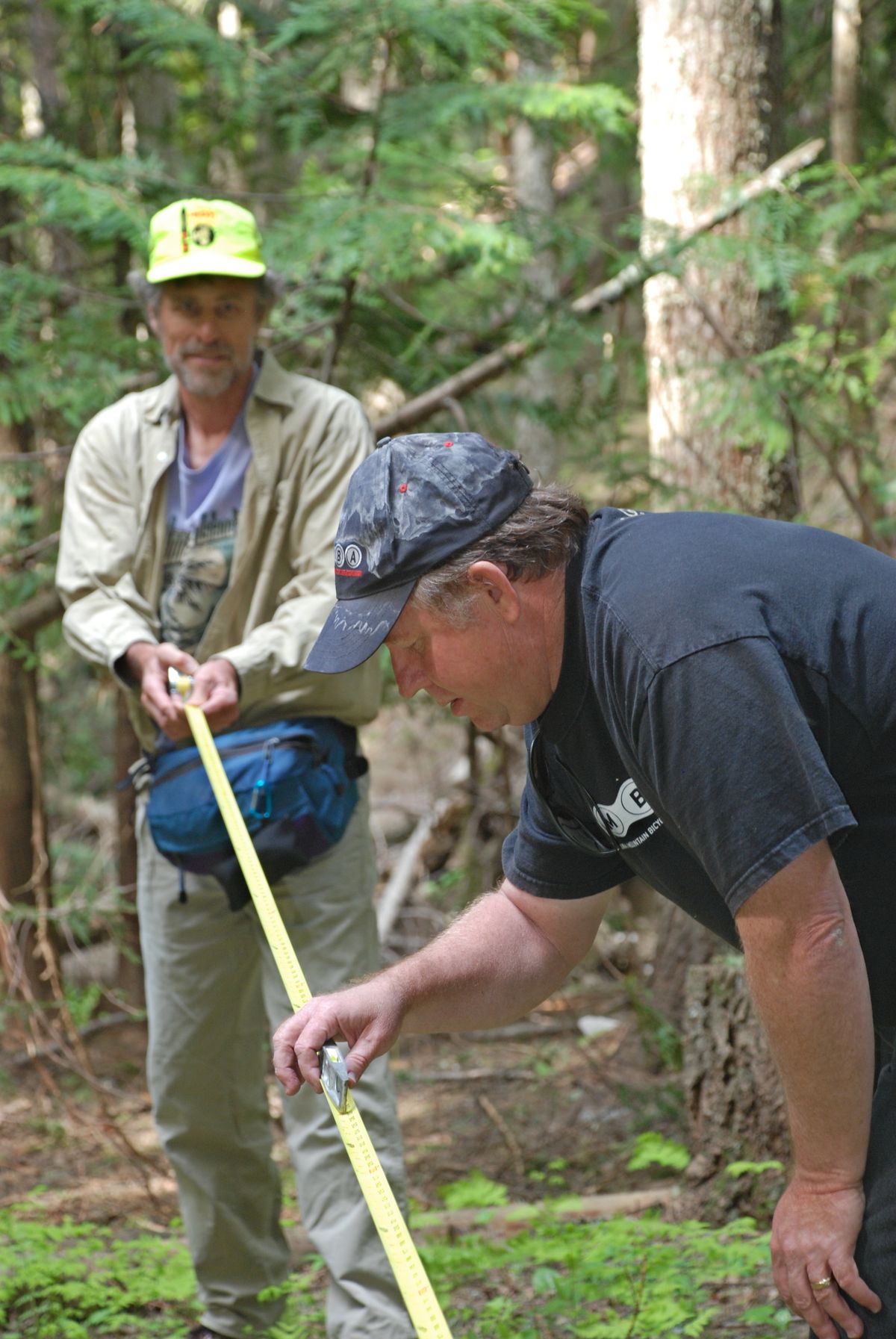Local trail angel: Cris Currie

Cris Currie, 58, puts more than muscle into building trails at Mount Spokane.
He donates his experience to planning trails, his leadership to getting consensus and his patience to plodding through red tape to get local and state permits.
He’s been the Mount Spokane Advisory Committee chair and head of the Friends of Mount Spokane State Park for 17 years.
“I’m thankful to have many volunteers who put in lots of hours,” said Steve Christensen, state park manager. “The advisory committee, for example, are extremely generous with their commitment. But Cris takes volunteering to a different level. He puts in more volunteer hours and time on the mountain than anyone else I know.”
Currie has led countless park projects, such as curbing illegal motorcycle access and controlling knapweed in the Ragged Ridge Natural Area Preserve to pulling together the park’s comprehensive trail plan.
“He’s out there on foot during summer and on skis in winter,” Christensen said. “He not only knows every trail, he knows every skid road, the history, the people.
“To have someone with that amount of knowledge be willing to donate so much time and energy to protecting the park resources is an incredible asset.”
Currie recently spearheaded a plan and got permits for a snowshoers’ warming hut to be built next year.
Two years ago, he helped organize volunteers and personally built nearly 2,000 feet of the park’s new Trail 140 after working years to win state parks’ approval for a trails master plan.
“I just love the park,” Currie said. “It’s a huge source of relaxation for me and a lot of other people. It’s a tremendous resource I happen to live close to. It’s a big factor in why I live in Spokane.”
The park trails plan adopted two years ago seeks to eliminate badly eroded fall-line trails in favor of more loop trails built to enjoyable, sustainable grades.
In just the past few years, Currie has led the effort to improve water crossings, develop a better trail numbering system, put up more trail signage and publish park trails maps online.
“We still have a lot of things to improve, but people are chipping in and we’ve come a long way,” he said.